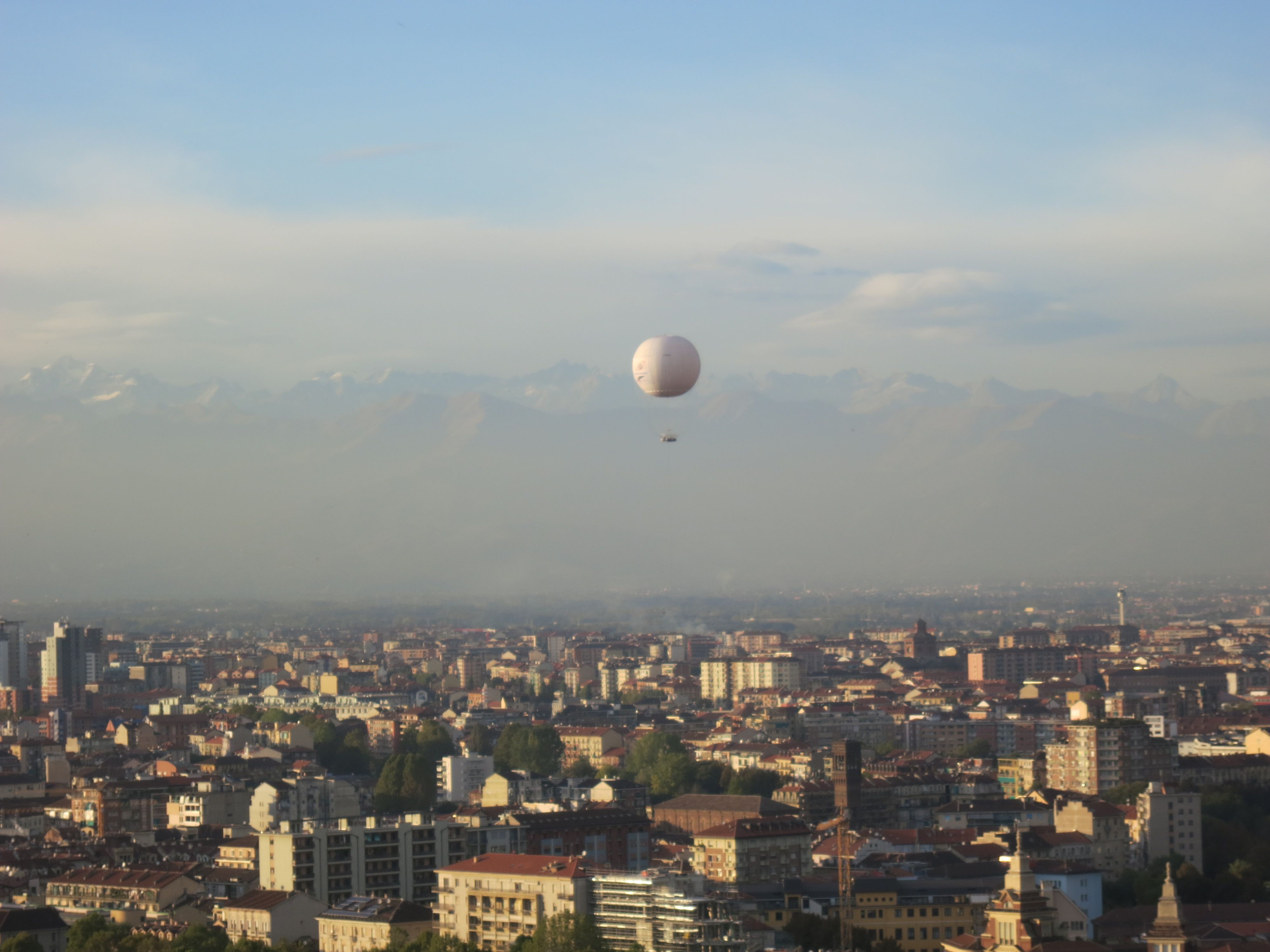
28 Oct TIO ITALY: RETURNING TO TURIN
We returned. Most vagabonds never get there. And that’s a miss. Turin (or Torino in Italian) is a very interesting town in the northern Piedmont region, Italy’s first capital (in 1861) and home to Italy’s royal family, the House of Savoy.
Our circuitous route to Torino began as so many stories do, back home in Telluride with Mountainfilm.
When Rick Silverman was festival director and I was writing for the Daily Planet (I covered Telluride’s cultural economy for the paper for 15 years before starting Telluride Inside… and Out ) we made it a point to meet every March to talk about potential coverage for the event in May. During our chats, Rick never failed to ask about our off-season plans, which that year included a trip to Italy.
Straight forward enough, right? Thing was Clint and I were headed to Florence, Sienna, and Montalcino in Tuscany, nowhere near the Piedmont. And Rick was trying to coax us to Bra, not Torino. Bra is the birthplace of the Slow Food movement, which Rick planned to showcase at Mountainfilm. Were we willing to take a slight detour (Bra is about six hours from Sienna) to bag an early interview with one of the movement’s principals scheduled to speak at Mountainfilm?
After dropping off our bags in the hotel, we headed to the Slow Food office only to discover my interviewee was in England making a record with his rock band.
Now what?
At a local bar, we met a Chilean chef and filmmaker in Bra for the Food and Film Festival (all films about food). He invited us to a dinner he was hosting at an old Savoy castle in Verduna. It was there we met Vivien Jones, the Chilean consul to Italy, and her partner, Silvio Castelli.The couple very quickly became close friends.
Vivien and Silvio have two homes. Their primary address is Torino, but it had been three years since we last saw them at the hotel they own in Chile, the beautiful, tranquil, Residencia Historica in the heart of wine country, the Colchagua Valley. We agreed we were overdue for a reunion.
Torino’s claim to fame goes way beyond its famous Shroud. Beyond its automobile industry. (FIAT, Lancia and Alfa Romeo headquarter in Torino and the town is often described as the “Detroit of Italy.”) Silvio cites Torino, not Milan, as the fashion capital of Italy. Torino, not Rome, he says is the center of the modern art movements such as Arte Povera. For sure, Torino invented breadsticks.
Our first night in town, Vivien and Silvio invited us to a restaurant located in one of the town’s many palazzos. This one, dating from the 16th-century, today is an exclusive office and apartment complex and home to a readers’ club, where people sit around, well yes, reading, talk about Important Things, and attend lectures, all for the price of interest alone. The restaurant is in the basement, where we feasted on local specialties, a stuffed pepper dish and, since it was mushroom season, a risotto made with porcini (boletes to Telluride locals).
Next day we visited Mole Antonelliana, that monument that is the symbol of city, named for the architect who built it, Alessandro Antonelli, and originally constructed as a synagogue. (A mole is a building of monumental proportions, therefore well-suited to monumental purposes.)
Since 2000, the Mole Antonelliana has housed the Museo Nazionale del Cinema (National Museum of Cinema), five floors of movie memorabilia, continuously playing films spectators can watch from specially designed lounge chairs with the sound built into the headrests, a restaurant and more. The Museum was destination on that clear day for spectacular views of the city from the tower and to check out a special exhibition about Fritz Lang’s epic, “Metropolis.”
“Metropolis” is a 1927 German expressionist science-fiction masterpiece set in a futuristic urban dystopia. The plot focuses on the huge gap between the haves and have-nots, the ruling class and the workers, which resonates all too well in 2012 America. (The show really hit home extra hard with an election coming up that underlines similar themes. I’m jess sayin’…) The focus of the special exhibition is the restoration of the film completed in 2010, following the discovery of an original cut in Buenas Aires, Argentina, two years earlier.
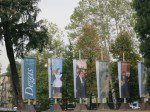 Next day, Vivien escorted us to the VIP opening of a Degas exhibition, an elaborate joint venture between the Musee D’Orsay and Torino. Turns out the artist had Italian relatives.
Next day, Vivien escorted us to the VIP opening of a Degas exhibition, an elaborate joint venture between the Musee D’Orsay and Torino. Turns out the artist had Italian relatives.
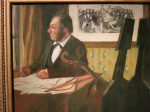 Degas portraits are renowned for expressing psychological complexity and depicting human isolation. He was a major influence on the
Degas portraits are renowned for expressing psychological complexity and depicting human isolation. He was a major influence on the  American realist Edward Hopper, whose show at the Grand Palais in Paris is sold out into November.
American realist Edward Hopper, whose show at the Grand Palais in Paris is sold out into November.
Bummer, because Paris was our next stop.



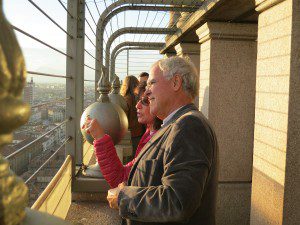
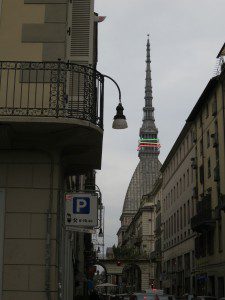
Sorry, the comment form is closed at this time.